Is your organization looking for a speaker for an upcoming event?
Are you a San Mateo or San Francisco County resident with an interest in science-based horticulture and sustainable gardening practices, and a desire to share your knowledge and skill with the public as a volunteer in your community?
Cut flower trials
As a professional floral designer, Master Gardener Wendy was searching for some cutting flowers that grow easily from seed in San Mateo County's zone 17. She was specifically interested in flowers that could be used throughout the growing season for indoor floral arrangements.
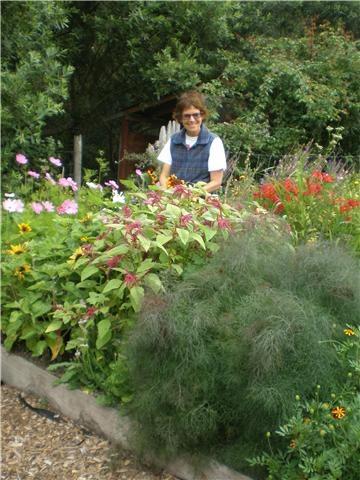
This trial was designed to identify such flowers. All seeds in the trial were purchased in March 2008 based on the suggestions of Renee Shepard from Renee's Garden Seeds in Felton, CA, with the exception of the Harlequin marigolds, which were donated by one of Wendy's students at the College of San Mateo.
All the seeds were started in Wendy's Half Moon Bay greenhouse, in the following potting medium, as suggested by Renee's Garden:
Two parts vermiculite, two parts perlite, and four parts peat moss.
The following varieties were then transplanted in early May 2008 into the Master Gardener's test garden at Elkus Ranch, south of Half Moon Bay. The garden is blessed with an excellent draining soil which the Master Gardeners amended with sheep and goat manure. No chemical or non-organic fertilizers were utilized. The garden has full sun exposure. The garden is in a semi-wild setting with many deer and bunnies.
Successful varieties
| Knee-high sunflowers Helianthus annus |
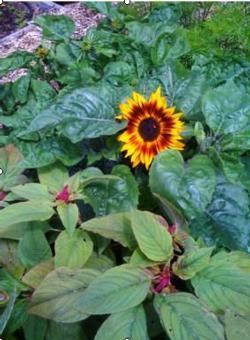
|
| Dancing petticoats Cosmos bipinnatus |
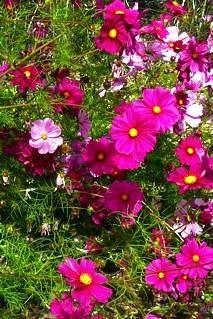
|
| Smokey Bronze Fennel Foeniculum vulgare |
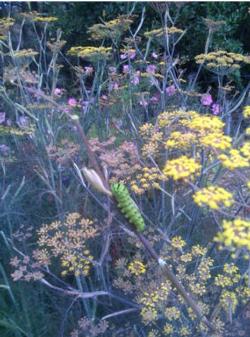
|
| Watercolor pastels statice Limonium sinuate |
Slow grower, but survived in spite of heavy bunny and deer grazing. |
| Heirloom amaranth Amaranthus candatus |
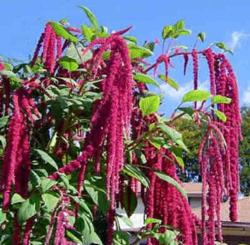
|
| "Harlequin" marigold Tagetes patula "Harlequin" |
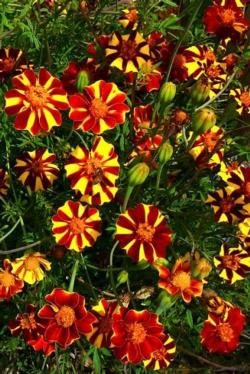
|
| Dahlia bulbs (existing; various unknown species) | 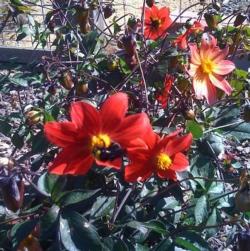
|
| Alstromeria (existing; unknown species) | These flowers, already present in the test garden, were in full bloom in March. The bed bloomed the entire year. Highly recommended as a cutting flower source for the year-round garden in San Mateo and San Francisco counties. |
Unsuccessful varieties
| Bells of Ireland Moluccella laeus |
Never thrived; very small. |
| Black watchman hollyhocks Alcea rosea |
Did not thrive, but may bloom next year. |
| Chantilly snapdragons Antirrhunum majus |
Devoured by deer and bunnies. |
| Love in a mist Nigella damascena |
Immediately demolished by deer and bunnies. |
